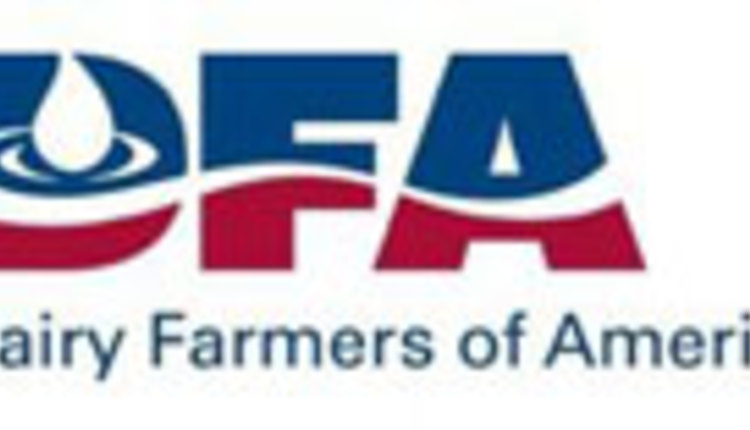
I found myself bringing this realization up in conversation to just about everyone I know, “Can you believe that’s all it costs for school milk?” I realize this may vary based on different schools, districts, and states. The overall value though is startling nonetheless. Nine essential nutrients, protein, healthy fats for brain development and sustained energy, satiety and great flavor all coming from a natural and sustainable source. While I do not have the accounting specifics in front of me, I am pretty sure this pricing is potentially below the cost of production and distribution.
Milkfat is healthy and makes for a better taste appeal. Admittedly, I am a proponent of whole milk. While that is not a current option in most school meal programs, I am grateful that lowfat flavored milk is at least now allowed back in schools. It was, quite frankly, impossible to make nonfat milk have an equivalent taste to whole milk with a limited budget and highly restricted nutritional limitations. And, in my opinion, it was a completely unnecessary challenge. Give children access to a naturally delicious and healthy product. They only receive the nutritional benefits if they consume it, and they will only consume it if it tastes good. Lowfat flavored milk was a step back in the right direction.
I know that I am preaching to the choir here, but given all of the recent hype of “impossible” non-meats and other imitators of the products cattle farmers nurture and provide, I cannot help but notice the advocates of these foods synthesized in a lab are the same vocalists for non-processed and simple foods. From an objective, numbers-only nutritional comparison, milk is a superior food to just about every other staple in the diet! It is affordable and accessible to children, and I hope that we do not lose sight of its importance in the health and development of our youth as habits change and sensational new products continue to steal the spotlight. Milk is the original superfood.

Erin Massey is the product development manager at Prairie Farms, a farmer-owned cooperative based in Edwardsville, Illinois. She is responsible for overseeing all aspects of the development process, from concept to commercialization. Erin grew up on a Florida dairy farm and has a deep-rooted passion to invigorate the dairy industry. Erin earned a bachelor's degree in chemical engineering from the University of South Florida. Her personal mantra is "Be Bold."








